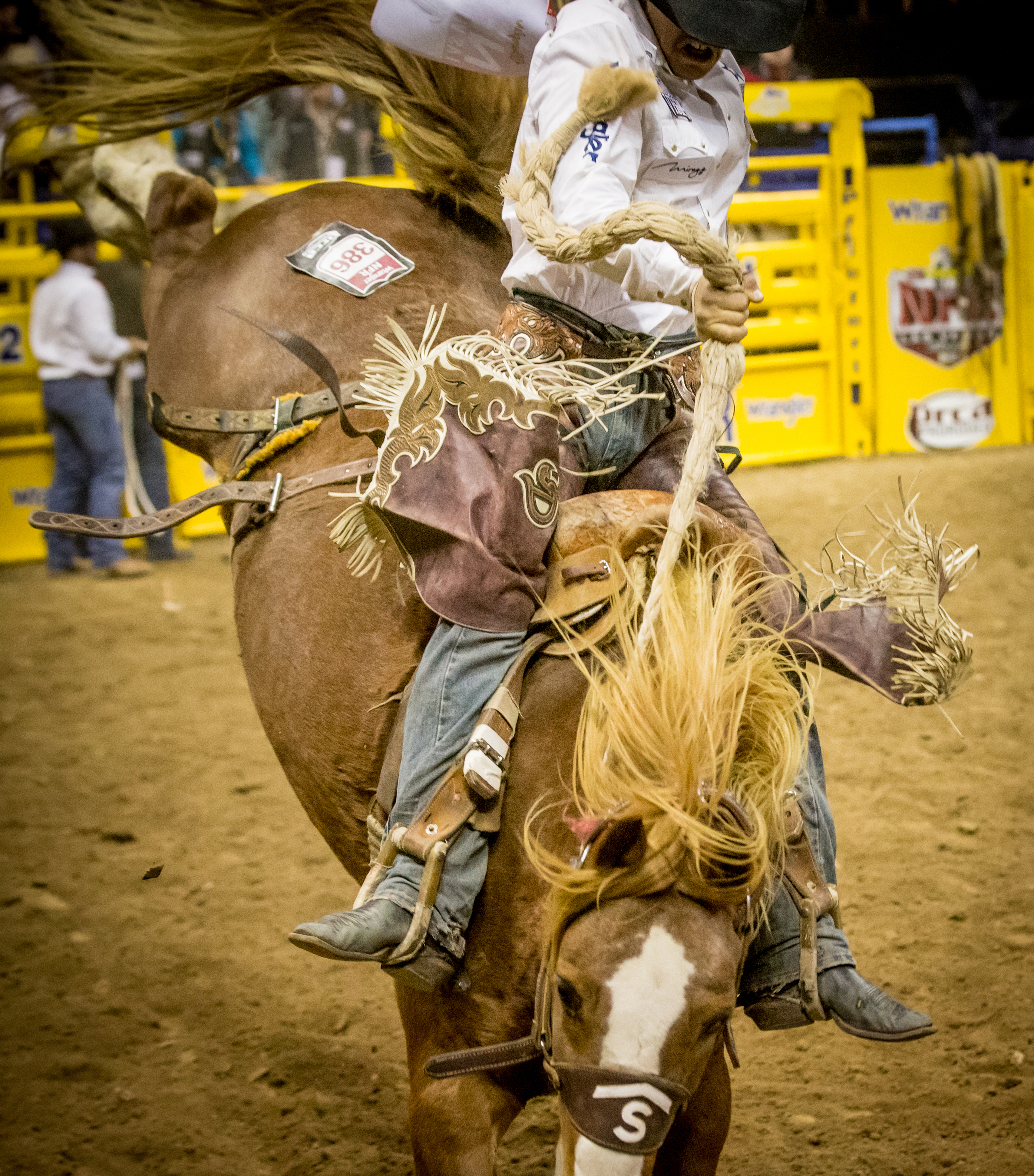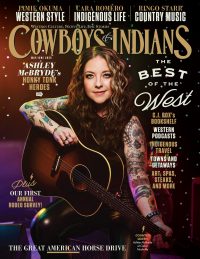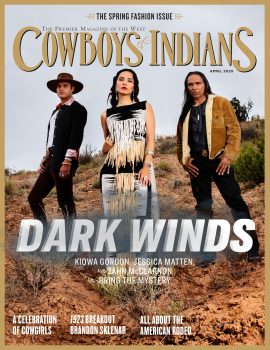
Cowboys love and admire the horses born to kick out the lights.
What do we know about bucking horses and why do they come under so much fire?
Most of us only see them for eight seconds of explosion in the arena. Outside of a very small circle, they aren’t discussed in coffee shops among horsemen like the other greats because not much is known about them. There is no registry. Their pedigrees and family histories are historically kept privately by their owners.
In the mainstream world of horses, bucking is a problem ... not something to be encouraged or aspired to. It strikes fear in the heart of the average rider and affronts the people who love horses but don’t have a lot of experience with their true natures. The latter would love to believe that they are angels come to earth to inspire us. They are right, but part of the horse’s inspiration is in his raw power and free spirit. The bucking horse illustrates that in its purest form, though to the casual observer it appears violent and without knowledge, it’s easy to believe that it’s cruelly induced. Nothing could be further from the truth.
Let’s talk broncs!
The word is derived from the Spanish bronco meaning “rough’ or “rude.” Not all bucking horses are broncs. Some are downright cuddly, treat hounds and seekers of love and back scratches. Bucking is in every horse’s nature. Like fast feet, it’s nature’s gift to protect themselves from predators. Within the first hour of birth, all horses will rise, run a few awkward steps and try out that buck.
Loosely categorized, these horses are warmbloods. A cross between draft horses and hotbloods like Arabians or Thoroughbreds. The foundation of their breeding program incepted in the 1930s by Feek Tooke in Ekalaka, Montana, built on that theory and the results are seen today in every horse appearing at the Wrangler National Finals Rodeo. We still see the occasional crop out, a horse who was bred for show or work but instead, chose the outlaw path. Without rodeo, those horses would be destroyed as too dangerous to handle. For them, rodeo is rescue.
Mares are well-represented in the ranks of bucking horses. In terms of total population, mares and geldings are about equal with stallions representing about five percent. The sheepskin covered piece of humane working tack is a cue, telling the horse it’s time to buck and helping them stay about their business toward the end of the eight-second work. It’s released as quickly as the skill of the pickup man will allow, falling harmlessly away. The last thing anybody wants in a bucking horse is for him to be overworked, in pain of any kind or desensitized to that piece of equipment.
A bucking horse’s career typically begins at 5 years old and lasts well into their 20s. Many retire back to their family bands on the vast grasslands where they were born and raised. On average, the elite bucking horses actually work about 1.8 minutes a year. Their estimated rate of on-the-job injury is 0.00046 percent.
Hugely funded animal rights groups depend on donations from compassionate people who simply don’t know about bucking horses. Their misrepresentation puts these horses at risk. Recently, the non-profit cultural preservation organization, Bronc Riding Nation, was formed to advocate for these horses and tell their magnificent truth.
Broncs are beloved by their owners, riders and adoring fans. In this age of social networking, advocacy and activism have become a part of the cowboy way.














